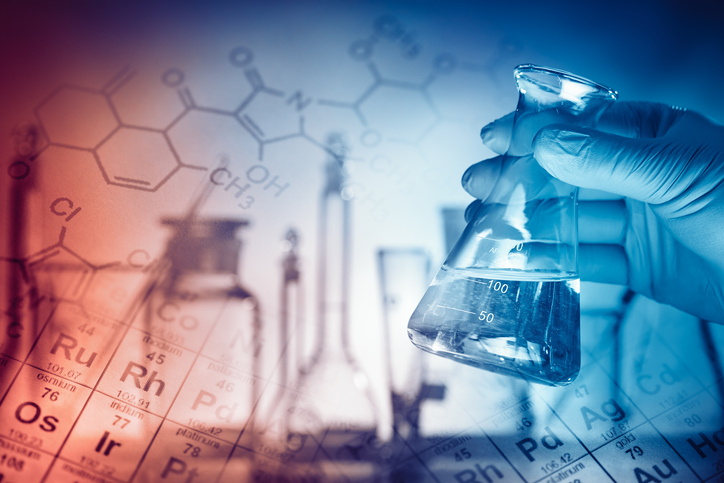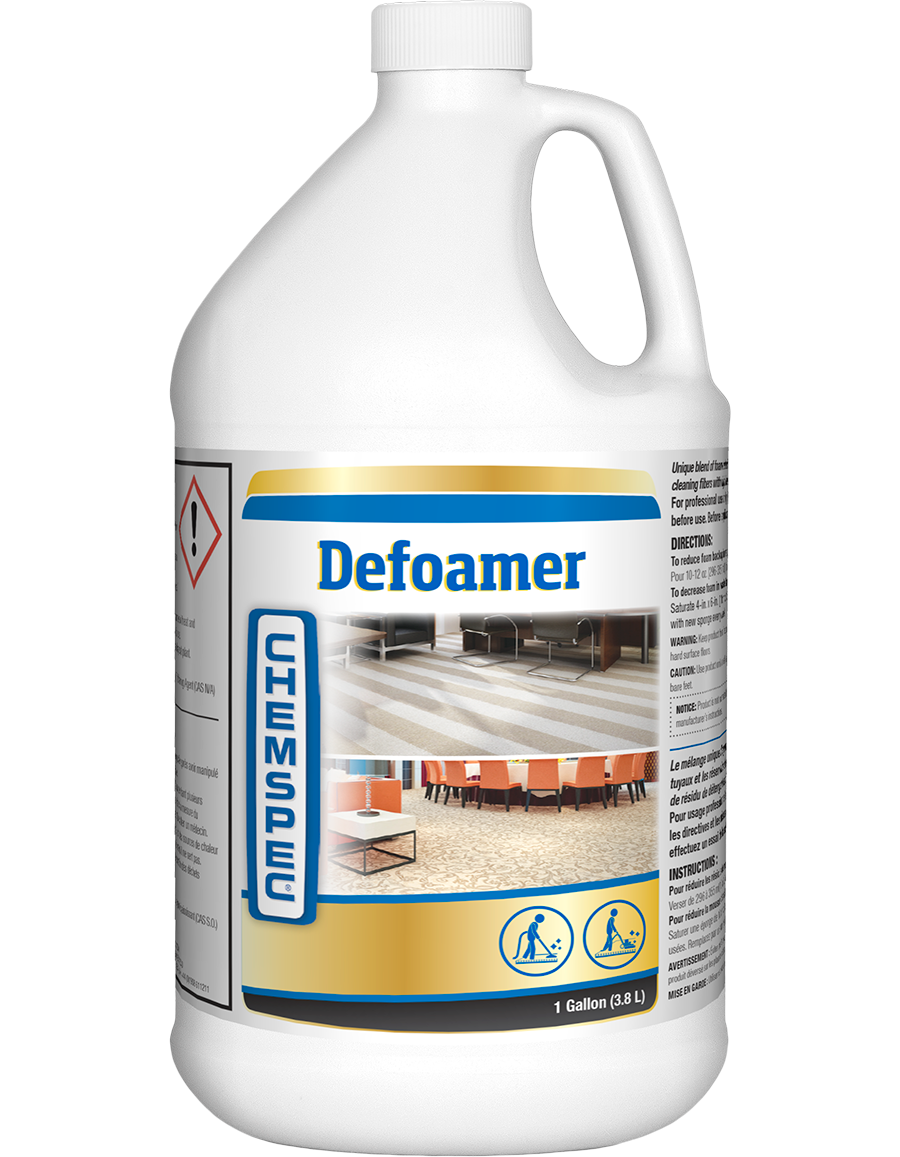The Technology Behind Chemical Defoamer and Its Foam Elimination Features
Recognizing How a Chemical Defoamer Works to Improve Industrial Processes
Chemical defoamers play an essential function in maximizing industrial procedures by properly reducing foam-related difficulties. Their ability to lower surface area stress and interrupt bubble development translates into smoother operations and improved performance. Nonetheless, the mechanisms behind their action and the variety of offered formulas call for a closer exam. Chemical Defoamer. Comprehending these elements might expose considerable understandings into not only enhancing production however also achieving cost savings across multiple sectors. What remains to be discovered is just how these defoamers can be customized to fulfill certain functional demands.
What Is a Chemical Defoamer?
A chemical defoamer is a compound particularly formulated to reduce or remove the development of foam in numerous industrial processes. Frothing can disrupt production efficiency, influencing the high quality and performance of items in markets such as food and beverage, drugs, and wastewater therapy. Defoamers are important in these applications, as excessive foam can bring about operational challenges, such as overflow, lowered mixing efficiency, and prevented warm transfer.
These agents commonly consist of a combination of surfactants, oils, and various other additives that function to destabilize the foam framework. They are developed to quickly move to the foam's surface, properly breaking the surface area tension and enabling the collapse of bubbles. The choice of an ideal defoamer is vital, as different formulas may be customized for specific procedures or kinds of foam (Chemical Defoamer). Aspects such as compatibility with various other components, temperature level stability, and the desired application play a significant duty in the effectiveness of a defoamer.
Mechanisms of Defoaming Activity
The systems of defoaming activity entail intricate interactions between the defoamer and the foam structure. When a defoamer is presented to a foaming system, it migrates swiftly to the surface of the foam bubbles, displacing the supporting representatives that contribute to foam security.
As smaller bubbles combine into bigger ones, the overall stability of the foam diminishes. Additionally, specific defoamers might contain hydrophobic components that enhance their capacity to destabilize the foam by producing a barrier that inhibits bubble formation. This double activity-- surface stress reduction and destabilization-- allows for a much more reliable breakdown of foam.

In addition, the viscosity and spreading attributes of the defoamer play crucial roles in its efficiency. A well-formulated defoamer will certainly make certain quick movement and optimal efficiency, lessening foam development during commercial procedures. By understanding these mechanisms, sectors can much better choose and apply chemical defoamers to boost functional effectiveness and product top quality.
Kinds Of Chemical Defoamers
Chemical defoamers can be categorized into numerous kinds, each tailored to specific applications and foam obstacles. The main classifications consist of silicone-based, non-silicone-based, and powder defoamers.
Silicone-based defoamers are very effective due to their capability to spread quickly throughout liquid surface areas. Non-silicone-based defoamers, on the other hand, commonly rely on natural compounds like fatty acids or esters.
Powder defoamers include strong fragments that can be included in dry procedures or formulations. They are usually used in procedures where fluid defoamers may not be reliable, providing a special solution for specific applications, such as in the manufacturing of particular kinds of powders or plastics.
Additionally, each type of defoamer can be tailored with various additives to improve performance, such as emulsifiers or surfactants, permitting versatility in dealing with various frothing scenarios across several sectors.
Applications in Industrial Processes

In the food and drink market, defoamers are critical throughout the manufacturing of juices, beers, and milk products, where too much foam can impede mixing and purification processes. By lowering foam formation, defoamers help More Bonuses preserve consistent item top quality and enhance handling times.
In pharmaceuticals, the existence of foam during the blending and formulation of medications can affect dose accuracy and item stability. Defoamers make sure smooth operations, consequently facilitating the production of premium drugs.
Wastewater treatment centers also rely upon defoamers to control lathering in oygenation storage tanks, which can or else reduce therapy performance and complicate sludge handling. By properly handling foam, these chemicals enhance the general efficiency of treatment processes and add to regulatory compliance.

Advantages of Making Use Of Defoamers
While foam can provide considerable difficulties across various industries, the use of defoamers supplies countless advantages that improve operational efficiency and item honesty. Defoamers successfully minimize why not try this out or eliminate foam formation, leading to smoother manufacturing processes and enhanced product quality. This decrease in foam lessens interruptions during production, permitting continuous procedure and boosted throughput.
Furthermore, the application of defoamers can lead to set you back savings by lowering the need for excess raw products and power usage connected with foam monitoring. By maximizing the production process, makers can attain higher returns and lower waste, eventually boosting success.
In addition, defoamers contribute to better devices performance. Foam build-up can result in obstructing, overflow, and tools wear, resulting in expensive downtime and maintenance. By protecting against these problems, defoamers extend the life-span of machinery and minimize operational prices.
Conclusion

A chemical why not look here defoamer is a compound specifically formulated to remove the development or lower of foam in various commercial processes. When a defoamer is presented to a frothing system, it moves swiftly to the surface of the foam bubbles, displacing the stabilizing agents that add to foam stability. A well-formulated defoamer will certainly make sure fast movement and ideal efficiency, decreasing foam formation during commercial processes. Defoamers effectively lower or remove foam formation, leading to smoother production processes and enhanced item top quality.In final thought, chemical defoamers play a crucial duty in enhancing industrial procedures by effectively lowering foam formation.